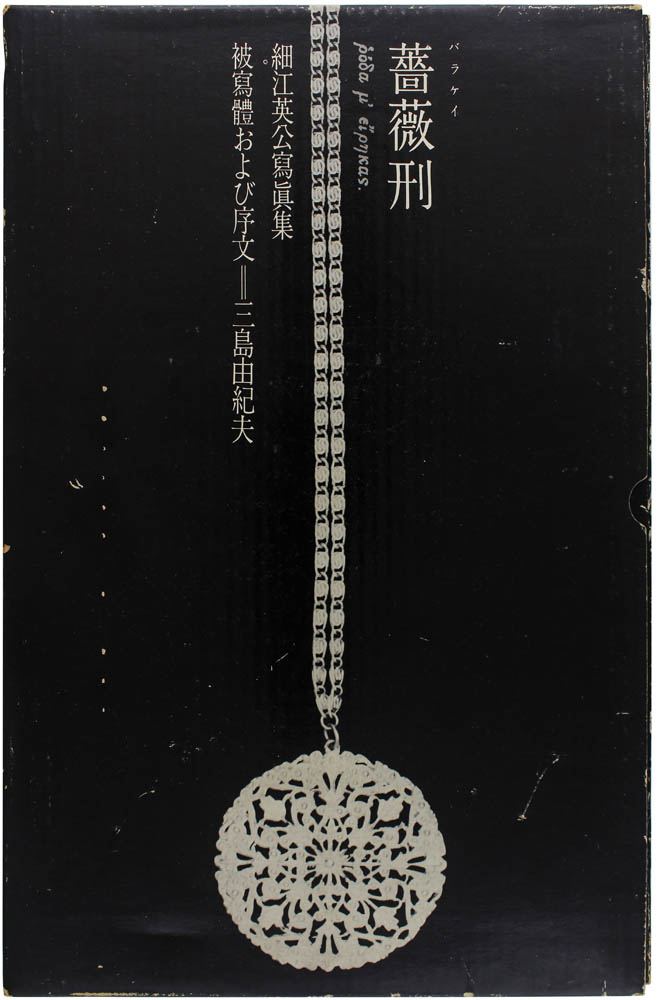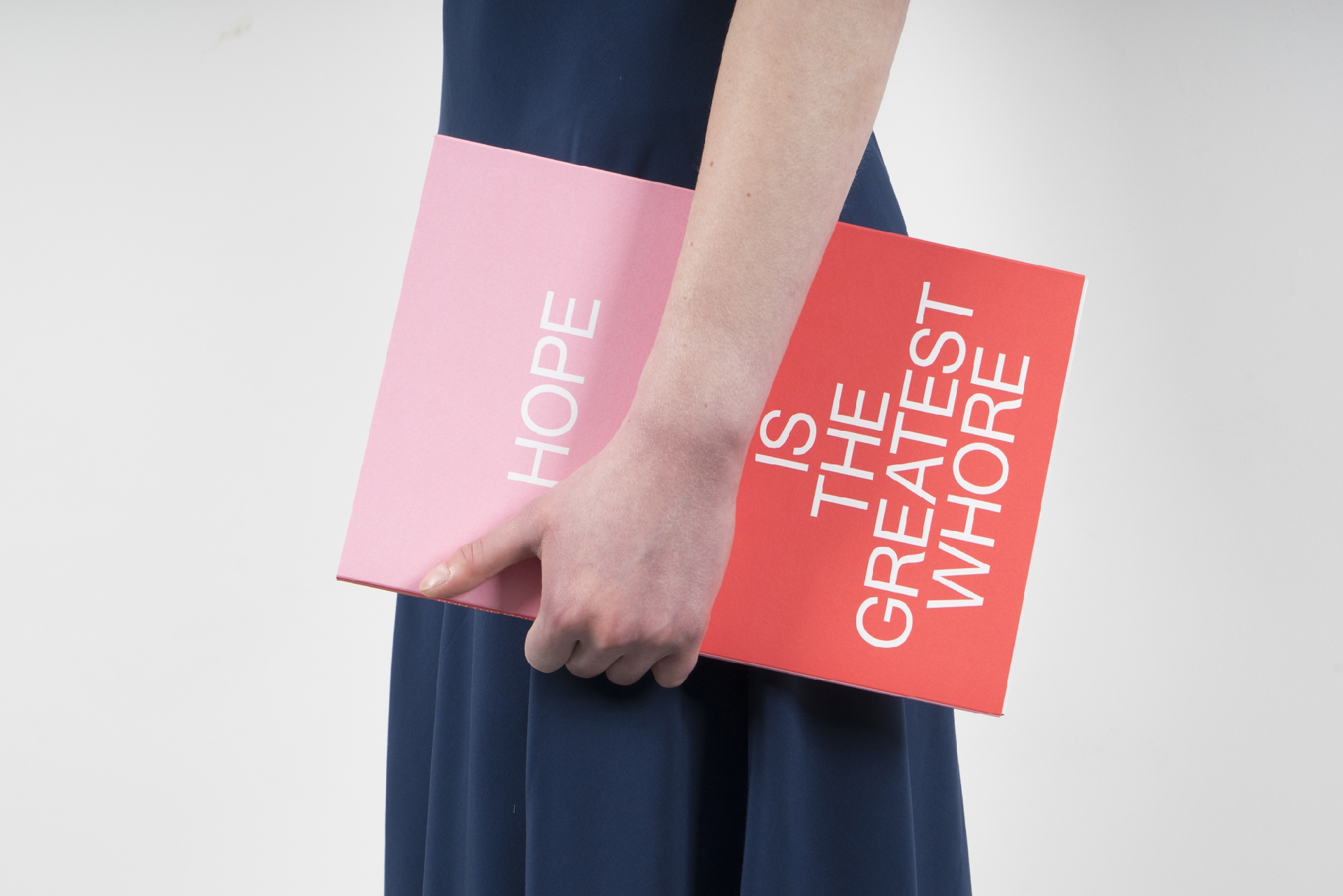391, 1-19 (1917-1924) [French]
Filed under artist publishing, magazine | Tags: · art, avant-garde, dada, poetry

391 was a Dada magazine edited by Francis Picabia and published between 1917 and 1924 in 19 numbers in Barcelona (nos. 1-4), New York (nos. 5-7), Zürich (no. 8) and Paris (nos. 9-19).
Contributors included Guillaume Apollinaire, Louis Aragon, Walter C. Arensberg, Céline Arnauld, Hans Arp, Pierre Albert-Birot, André Breton, Gabrielle Buffet, Jean Cocteau, Jean Crotti, Robert Desnos, Paul Dermée, Paul Éluard, Albert Gleizes, M. Goth, Max Jacob, M. Laurencin, René Magritte, Pierre de Massot, E.L.T. Mesens, Francis Picabia, Man Ray, Georges Ribemont-Dessaignes, Erik Satie, Walter Serner, Philippe Soupault, Tristan Tzara, Edgard Varèse, Marius de Zayas, a.o.
The issue 12 features Francis Picabia’s “Manifeste Dada” with reproduction of Marcel Duchamp’s L.H.O.O.Q.
Edited and published by Francis Picabia, Barcelona/New York/Zürich/Paris, January 1917-October 1924
Comment (0)Eikoh Hosoe, Yukio Mishima: 薔薇刑 / Killed by Roses (1963–) [Japanese, English]
Filed under artist publishing | Tags: · body, eroticism, photography

The legendary photobook Barakei — Killed by Roses is a collaboration between photographer Eikoh Hosoe and writer Yukio Mishima. Hosoe used props, personal belongings and backgrounds readily available in Mishima’s house to cast the renowned writer as his subject in a sequence of surreal scenery.
“The photos that make up the body of the book are inky, sometimes high-contrast gravures that bleed right to the edge of the page and often extend across the entire open spread, giving extra impact to images that are already quite arresting. Even if the subject of Hosoe’s photographs weren’t the author Yukio Mishima, the book would be remarkable for its humid mix of eroticism and myth, queer kitsch and high art. But Mishima, Japan’s most celebrated and controversial modern novelist, was also a brilliant provocateur and his presence here turns ‘Killed By Roses’ into a charged collaboration between artists testing one another’s limits. Hosoe’s first meeting with Mishima, in September 1961, was at the writer’s house. That first day, Mishima, already dressed only in a loincloth, ended up wrapped in a garden hose and standing on the marble mosaic zodiac on his lawn. The resulting surreal images are among the book’s most famous; though Hosoe saw them as ‘the destruction of a myth’. Mishima’s ritual suicide in 1970 was seen as his final artistic act.” (Andrew Roth, “The Book of 101 Books”, p 164)
Photography by Eikoh Hosoe (細江英公)
Model and introduction by Yukio Mishima (三島由紀夫)
Publisher Shueisha (集英社刊), Tokyo, 25 March 1963
104 pages
via Harper’s Books, HT Bint Bint
English edition
Preface by Yukio Mishima
The Photographer’s Note by Eikoh Hosoe
Afterword by Mark Holborn
Publisher Aperture, 1985
ISBN 0893811696
[96] pages
via grza
Commentary: Eikoh Hosoe (ASX, 2010).
Wikipedia-JP
Reprint (JP, 2008)
Publisher (EN)
WorldCat (EN)
薔薇刑 / Killed by Roses (Japanese, PDF, 7 MB; JPGs)
Ba-ra-kei: Ordeal by Roses (English, 1985, 153 MB, added on 2017-10-25)
Irena Haiduk: Bon Ton Mais Non (2013)
Filed under artist publishing | Tags: · art, manifesto

“An 80 point manifesto on polite art. Like every intimate dinner party, Bon Ton Mais Non requires one symphony orchestra, a pastry chef, a large mirror, and the fact of cannibal sirens.”
Publisher YugoExport, 2013
Open access
[90] pages

